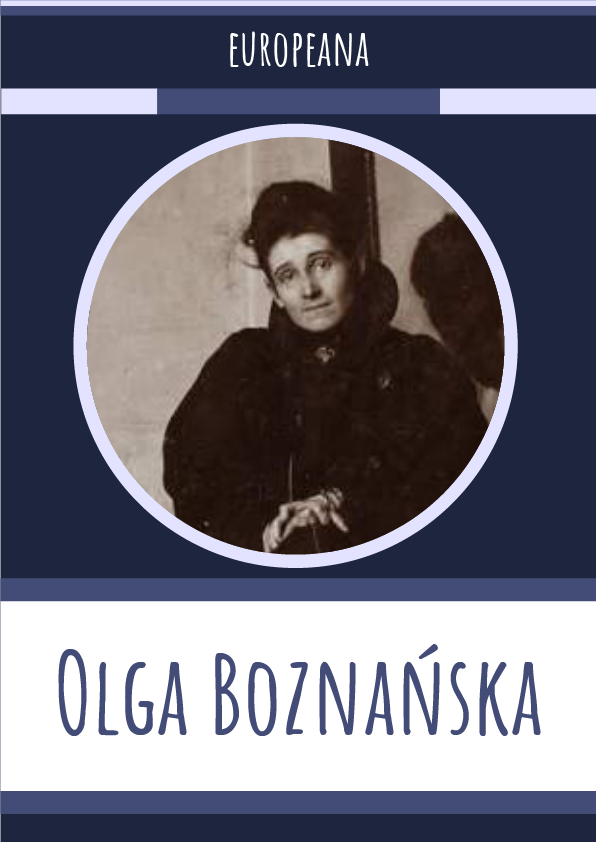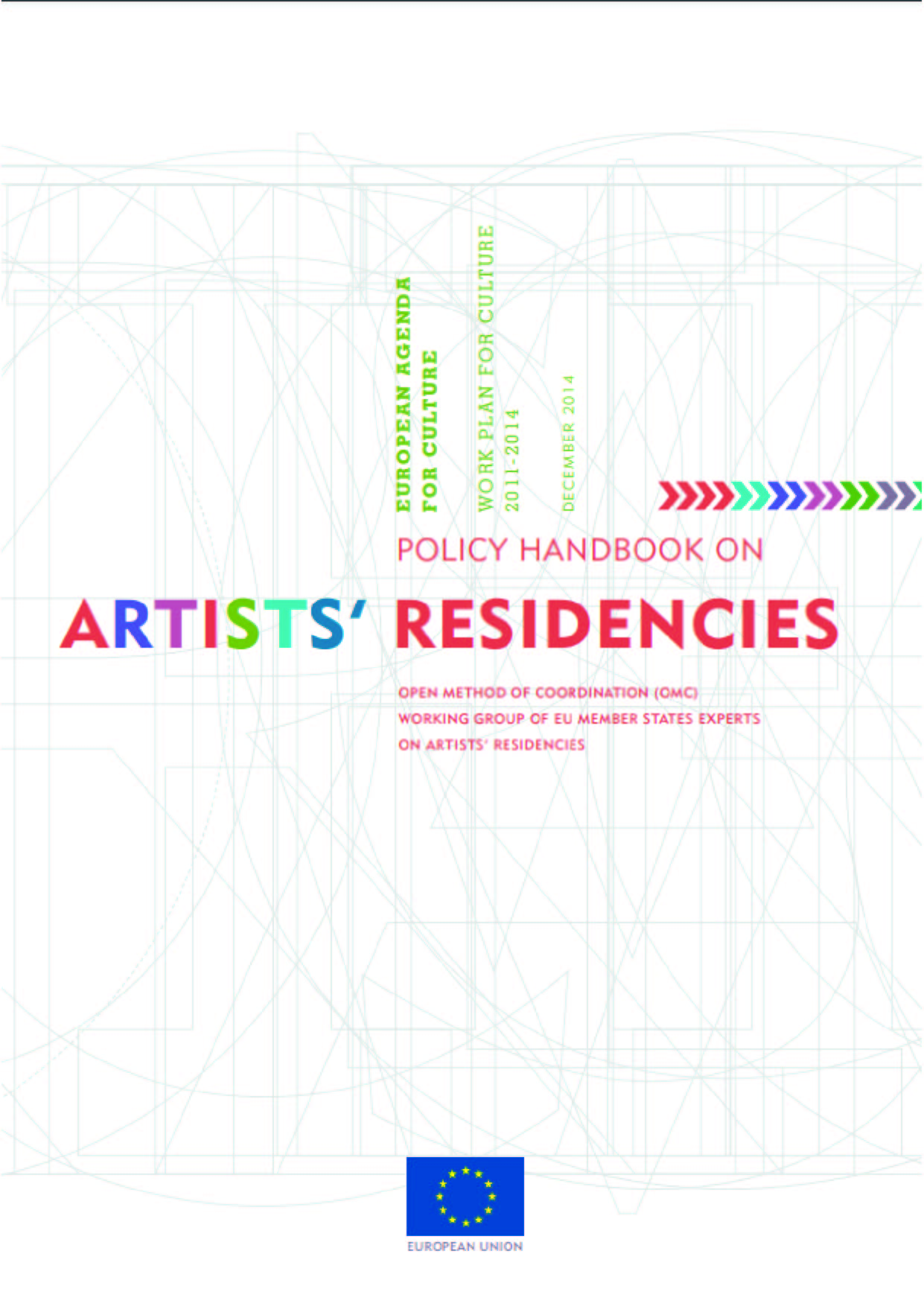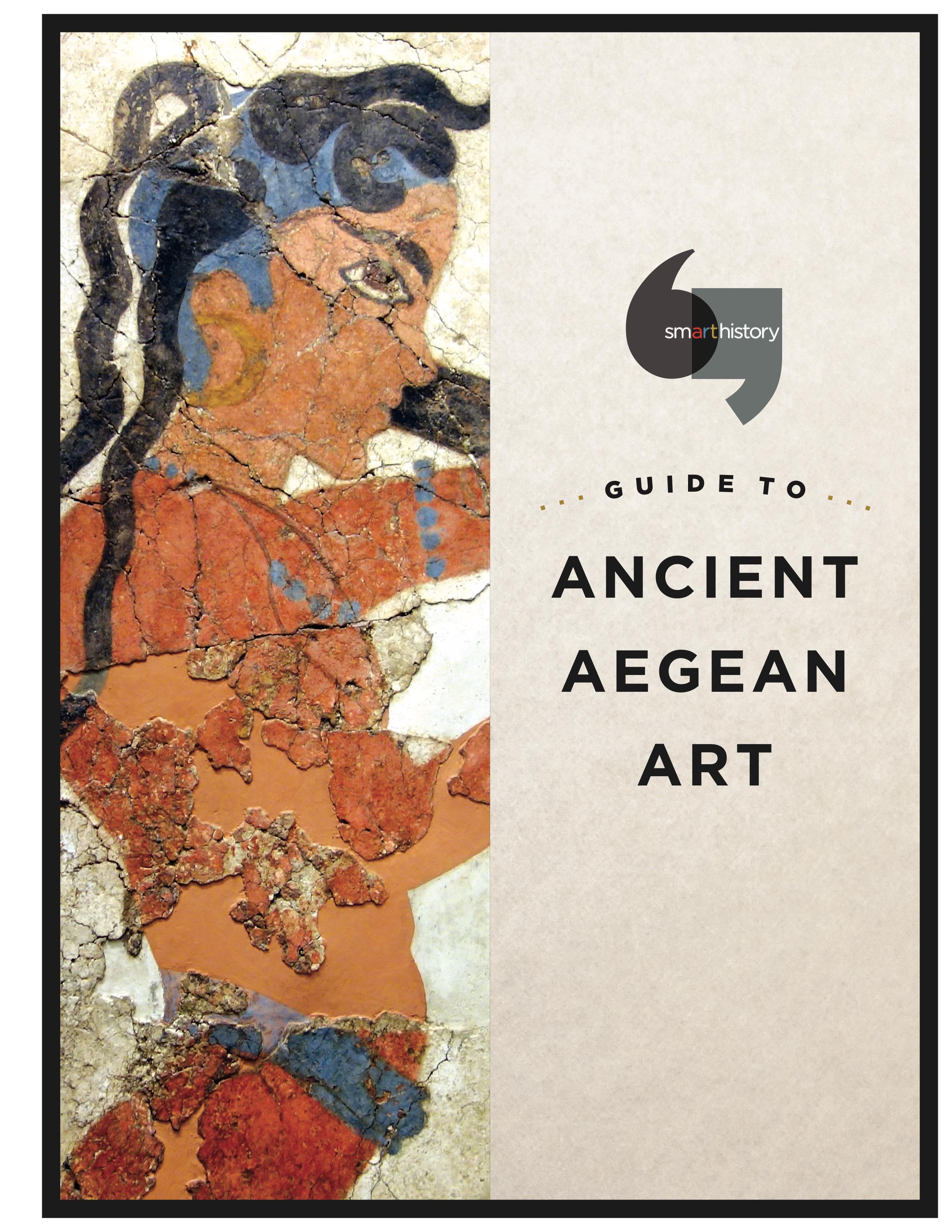A life devoted to art
Olga Boznańska was a notable Polish painter of the turn of the 20th century. In a special guest post, curator Dr Piotr Kopszak of Muzeum Narodowe w Warszawie explores her life and work.
Olga Boznańska (1865-1940) was born in Kraków, Poland and later active in Munich and Paris. Her father, Adam Nowina-Boznański, came from a noble Polish family which cherished traditional values but, in the spirit of 19th-century positivism, he became a train engineer rather than a landowner. Her mother, Eugénie Mondan, came from Valence and was a teacher in the convent school of Premonstratensians in Imbramowice near Kraków. Olga first received drawing lessons from her mother. Her teachers in Kraków included Kazimierz Pochwalski, an academic portrait painter at the Viennese court, and the more realist-inclined Antoni Piotrowski, draughtsman-correspondent of the Serbo-Bulgarian war.
In 1884-85 Boznańska attended Adrian Baraniecki’s Higher Courses for Women at the Technical and Industrial Museum in Kraków, before she travelled to Munich to continue her artistic education, in the studios of Carl Kricheldorf and Wilhelma Dürr (Munich Academy did not admit women at that time).
In Munich, Olga found herself in the middle of a great artistic capital still enjoying the patronage of Ludwig II of Bavaria. She had close contacts both with the established Polish Munich school (especially Józef Brandt and Alfred Wierusz-Kowalski) as well as young Polish and German artists like Wacław Szymanowski, Samuel Hirszenberg, Hedwig Weiss and many others). Brandt was her mentor and he introduced her to the workings of the art world, from which she would soon profit. Olga quickly realised the importance of appearing in international exhibitions to which she would later send many works. But more importantly, Munich formed her as an artist and made her realise that if she was to succeed, she had to devote herself entirely to art and find her own artistic idiom.
Although she had been exhibiting since 1886, it was not until she painted the portrait of Paul Nauen in 1893 that she received real recognition. The following year, it brought her a gold medal at the International Exhibition in Vienna. Boznańska was under the influence of German realism although her paintings from that period show an interest in Impressionist technique and slightly less obvious symbolism. In the Orangery (In the Greenhouse) is one of the most important works from Boznańska’s Munich period when she often portrayed her friends and other young people. The introduction of adolescence as the main subject of her art was closely linked with the rise of the Symbolism movement in poetry. Boznańska’s painting refers unequivocally to one of the most talked about collections of poems from that time, Maurice Materlinck’s Les serres chaudes .











